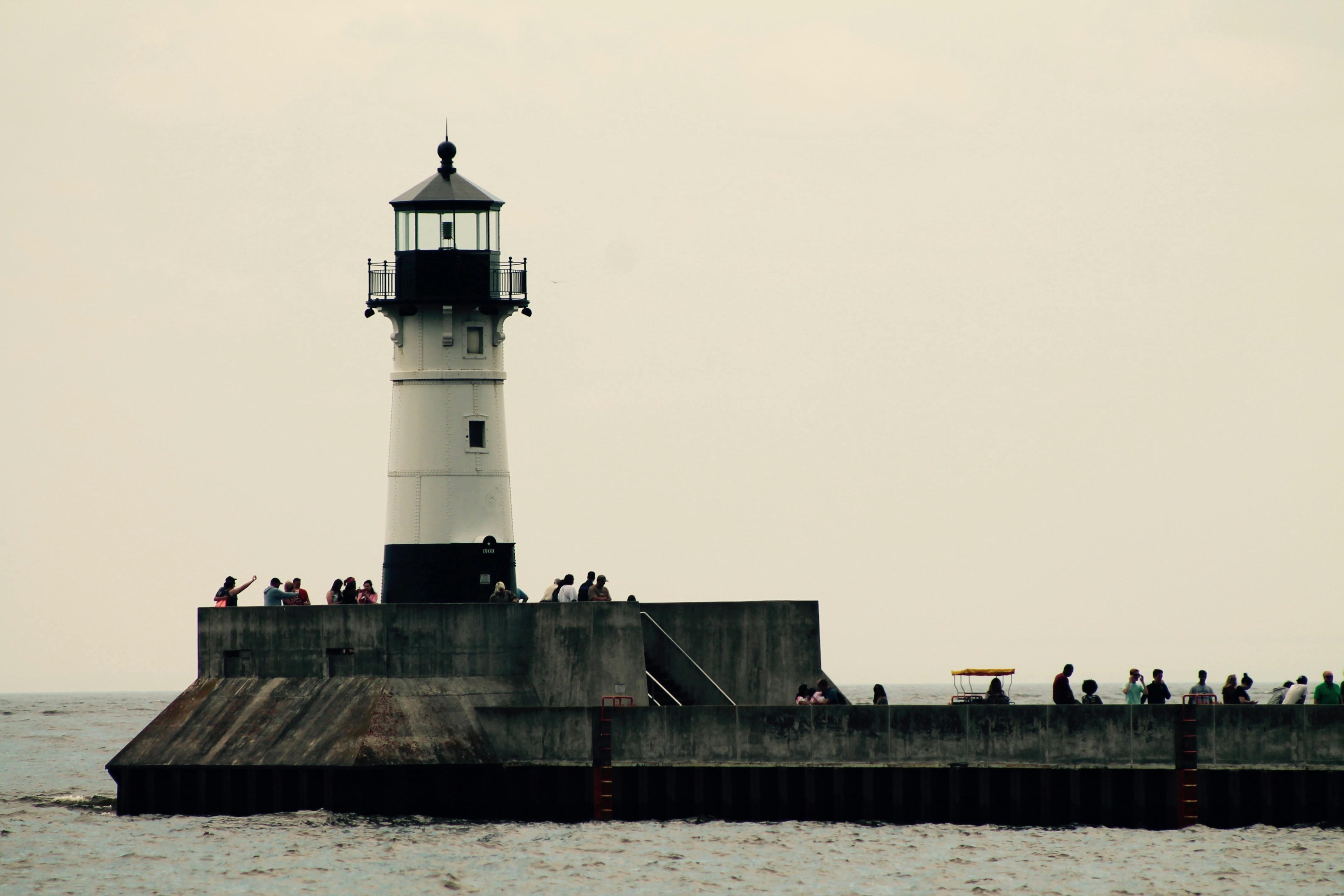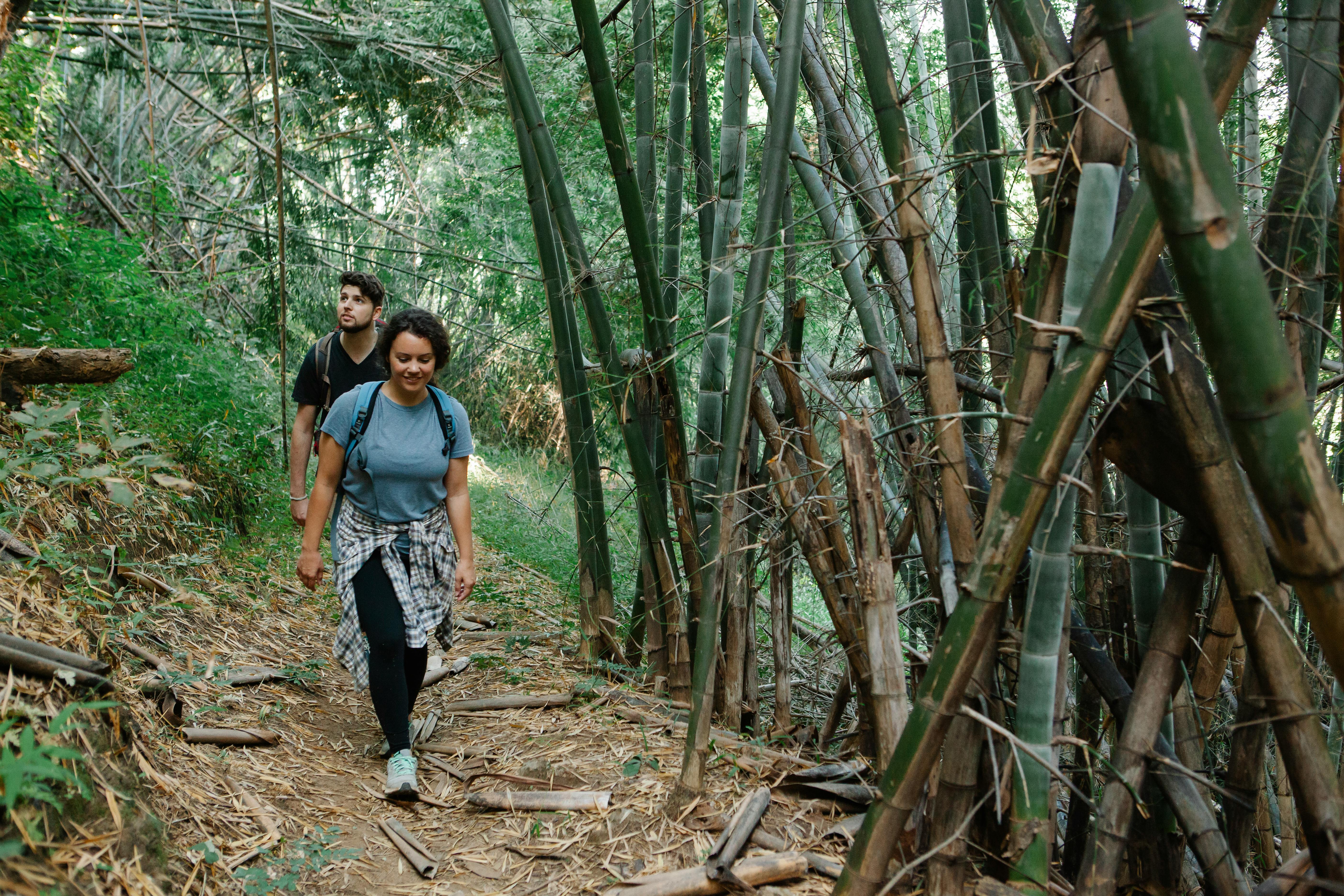
Corporate Flight Attendant Training Program Review
Corporate flight attendants have a new option when selecting a company for their cabin service and safety training. Alteon Training, LLC, a Boeing company, launched a program in November 2003 for corporate flight attendants at its facility in Long Beach, California. I was invited to participate in the class to get a better idea about the training, its facilities, and about Alteon itself and to share my findings with the aviation community through this website.
In an industry dotted with training companies of varying sizes and capacities, my first thought about Alteon was that it was just an ordinary training agency. Alteon not only dispelled my original misgivings, it showed me that all training companies should be doing the same thing – operating with the blessings of the FAA under Part 142 of the FAR. court. This is good news for flight attendants who are confused or even misled by some of the programs operating in the US.
I arrived in Long Beach from JFK on a Sunday night, picked up my rental car, and went to my room to prepare for my 7 a.m. Monday meeting with Alteon executives Jim Garner and Hal Collison. That morning, we toured the facility where I was able to see their fully equipped training rooms with individual computer workstations complemented by the aerial media slideshow casing. [indeed, while being trained students could look at the pull down screen or at their computer monitor to view the PowerPoint presentations]. On the ground floor of the Alteon facility, I was shown into a room that housed individual flight simulators, each of which was for one Boeing product or another.
At 8 in the morning the remaining five students arrived and I settled in with them in a training room to begin class. After brief introductions, Kathy Cummins was introduced as our service instructor for the first day’s class. The School of Corporate Etiquette was chosen by Alteon to provide the service side of the training on the first day. The three days in between were all training led by Alteon. San Diego CPR was selected to provide in-flight medical, CPR and AED training on Friday. When asked why Alteon outsourced parts of its five-day program, Hal Collison, Alteon’s director of flight training, stated, “We focus on what we are experts at and do best. The other parts of the course are outsourced to the best. experts in their field with years of experience and access to the latest course content and training materials. “
Kathy’s session began with a discussion about sending a trip. Material covered included the steps behind scheduling and releasing an aircraft for flight; crew member assignments; show reporting times and times; aircraft, flight and passenger data; and organization of catering and supplies. Students previewed a dispatcher’s checklist and discussed preparing for a six-stage international trip using an actual travel sheet to decide what food service was needed and where.
After two hours of classroom teaching, it was all hands-on training for most of the rest of the day. The students boarded a company van and headed south to John Wayne Airport in Orange County for the executive services training portion of the program. The class toured the Signature FBO where we located the catering order previously placed with Air Gourmet. After a discussion about refrigeration, we took the order overseas, to the waiting Global Express, which was kindly provided to us by Monarch Charters for the day. When we boarded the plane, I was pleasantly surprised to see that we had full access to the galley and cabin, so we were able to warm up our food and keep the plane cool for the “passengers.”
Kathy gave the students a travel scenario to work on and we went through all the pre-departure procedures, including the passenger arrival; to take off; food and wine service; flight procedures; before and after landing; and aircraft cleaning procedures. In the middle of the afternoon, with our share of in-service training on board, we returned to Long Beach for additional classroom training covering contracts and business preparation material for flight attendants. We somehow managed to do what felt like two days of training in one day. At 6 pm the class ended and the service training portion of the program was behind us.
Pattie Adams took over the class on Tuesday and for the next three days she was tasked with guiding the class through the applicable FARs; duties and procedures of crew members; safety; hazardous materials and more. As a background, Pattie was one of the primary creators of the new Alteon program, drawing on her experience as a contract corporate flight attendant, as well as a commercial flight attendant, purser and instructor with United Airlines. Pattie’s experience in the business and commercial realm was helpful, as she skillfully translated the language and procedural differences between the two realms, something that did not go unnoticed by those in the class who were new to corporate aviation, but possessed just business experience.
Because the training took place at the Alteon facility in Long Beach, invited speakers were brought in from within the company to discuss some of the highly technical aspects of flying. Palermo Gabriel spoke about flight mechanics and Dick Bloomberg covered the aircraft systems, particularly what happens in the cockpit. Dick also gave the students an exciting SIM ride, a standard value-added feature for those who attend this training program.
The third day of training covered turbulence and decompression and was followed by drills of oxygen units and, later, aircraft doors, emergency exits, and equipment. Slides and images were covered for the various configurations found on the Gulfstreams, Bombardiers / Global Express / Challengers, and Falcons, as well as for the BBJ and Boeing’s most recent corporate entry, the 717 Business Express. Particularly useful for the class was the separate folder they gave us for the emergency checklists; This Jeppesen-sized manual can be easily taken on trips, which is what Pattie encouraged students to do.
By Thursday, we were all eager to leave the classroom for the hands-on activity; we were not disappointed. After a classroom discussion on how fires are started, we went outside, put on personal breathing equipment (PBE), and practiced firefighting procedures. Immediately after lunch, the class boarded the booth trainer and spent several hours role-playing. The day culminated with a trip to the local hotel’s outdoor pool to shake off procedures and exercises.
The fifth and final day was the hardest to face. It is not that the course material was going to be too challenging, but rather that we were faced with the realization that as a class we would no longer be together. We all knew we were becoming a part of Alteon history by participating in its inaugural class.
Pam Hammond, from San Diego CPR, was brought in on Friday to go over the medical aspect of flight training, particularly CPR and defibrillator procedures. Having previously completed Red Cross training, I was curious what the differences were between Red Cross procedures and the American Heart Association training that Pam was instructing us in. We learned that the Red Cross program, while very good, is aimed at lay people, while the American Heart Association program was what the medical community used. So we did what medics and paramedics do and started checking the airways, looking for signs of breathing, and hitting the dummies’ chests.
In the afternoon, it was all AED training as we practiced how to connect the Heartstream® monitor and perform defibrillation. The class ended with a quiz and the distribution of completion cards on behalf of the American Heart Association.
At the end of the day, Alteon executives led by John Alexander, Vice President of the Americas and Chris Johnson-Pasqua, General Manager of the Long Beach Training Center, came to the classroom to thank and congratulate the students. More than once I heard a heartfelt “thank you” from a student to John, as everyone was grateful for the high level of training they had just completed. Each student came out equipped with the confidence to carry out their duties as corporate flight attendants.






